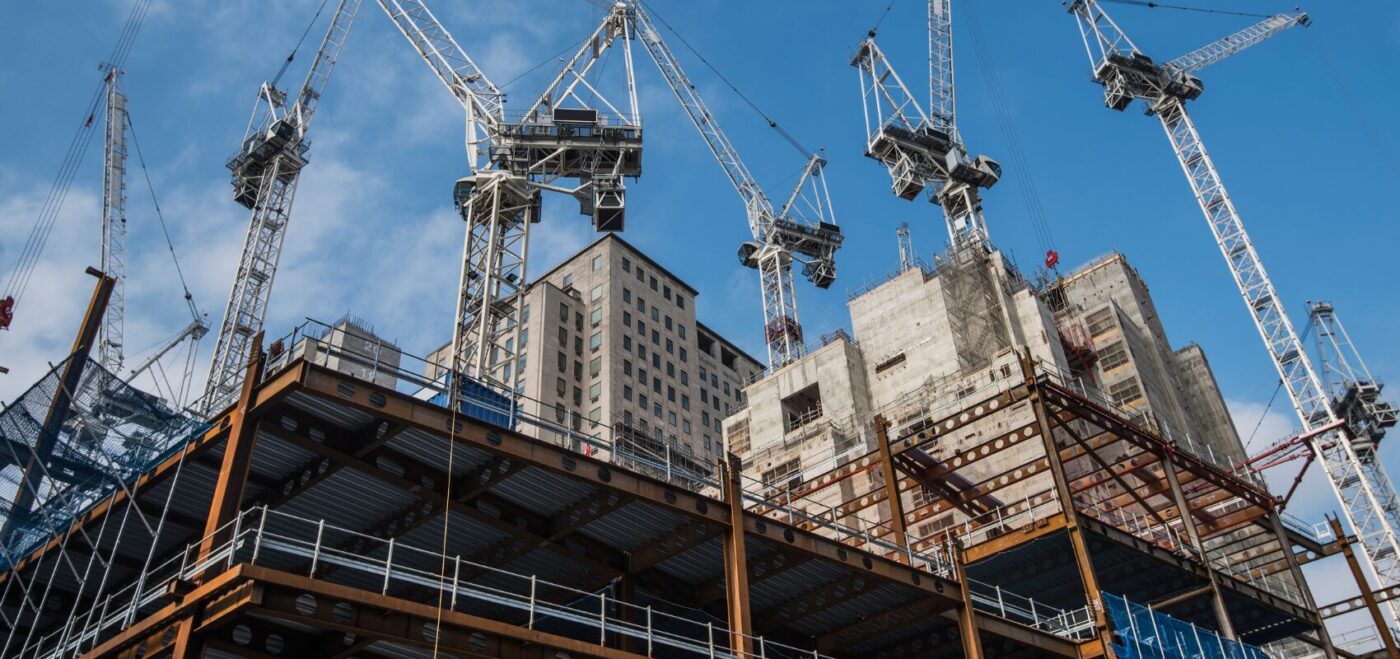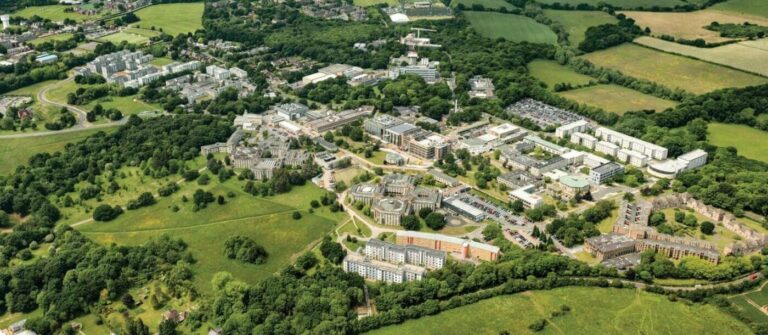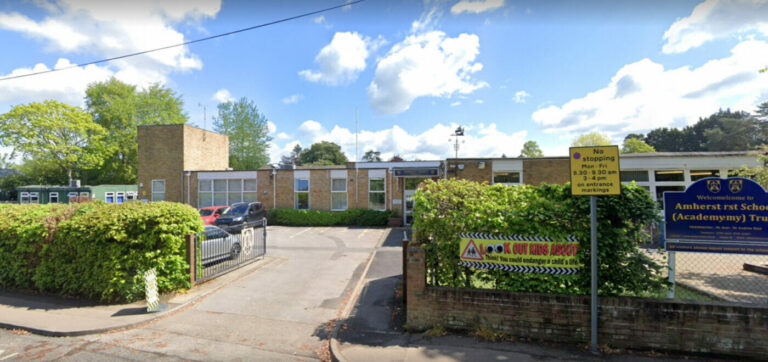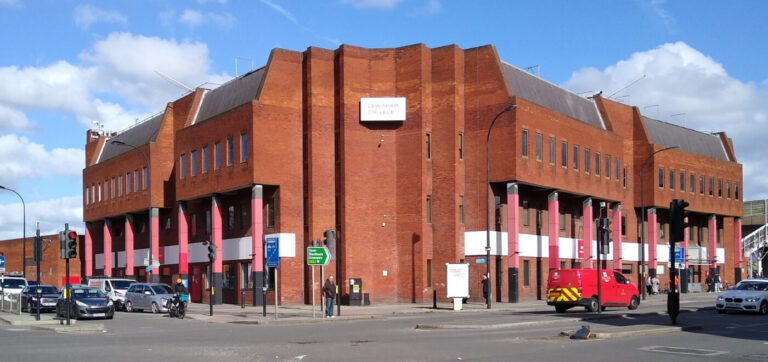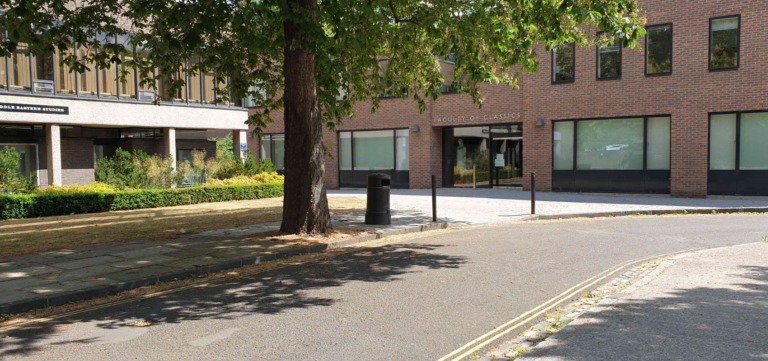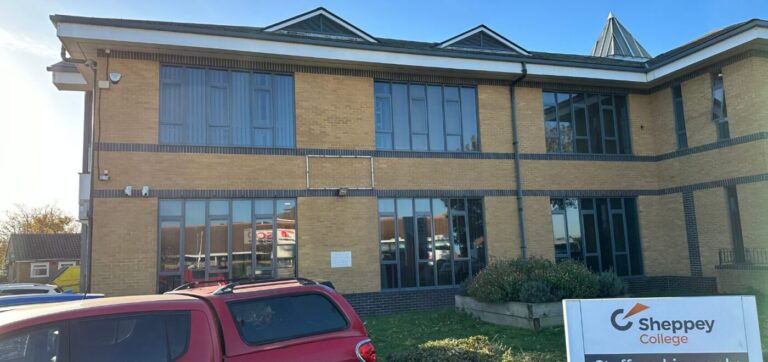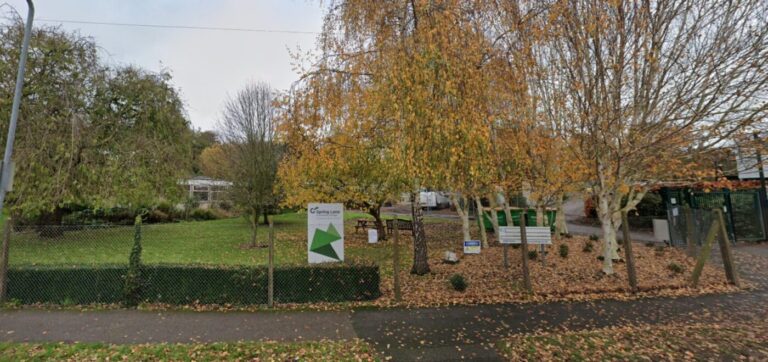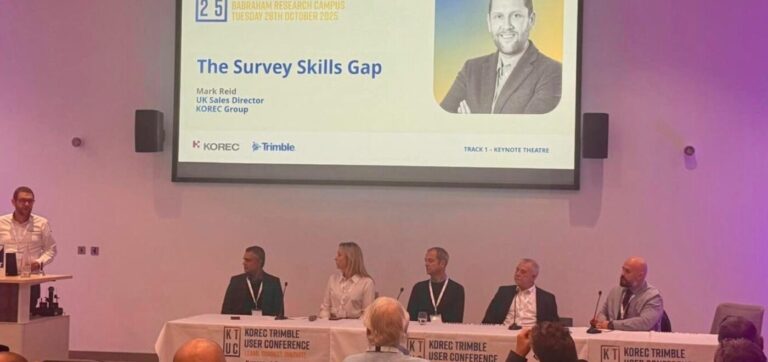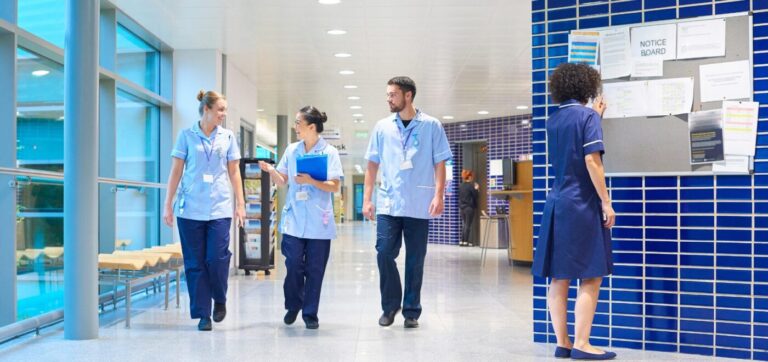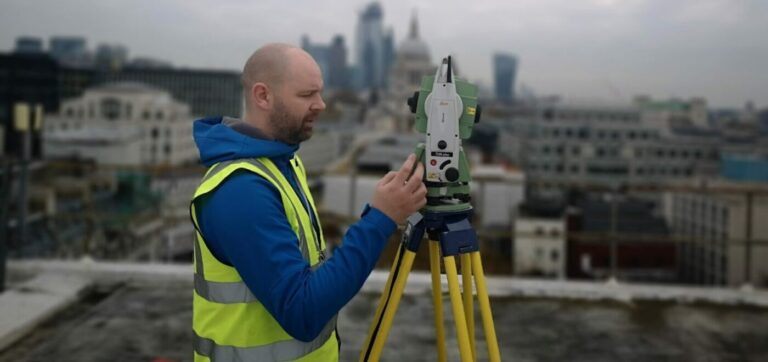Across the UK and beyond, education construction is evolving quickly. Schools, colleges, and universities are no longer just functional buildings; they’re dynamic, flexible, and increasingly sustainable environments designed to support modern learning.
This shift is creating new challenges and opportunities for architects, contractors, and developers alike. Whether working on a new build or retrofitting an existing campus, professionals across the construction industry are being asked to deliver faster, more complex, and more sustainable results.
So what’s driving this change? We look at the key trends shaping how we plan and build education spaces today.
1. RISING DEMAND FOR MODERN FACILITIES
Across both the public and private education sectors, investment in infrastructure is on the rise. In 2023, local authorities in England committed over £2 billion to condition improvement and new capacity projects for schools alone. Demand is also growing in higher education, where universities are upgrading campuses to compete internationally and support new teaching models.
What’s behind it?
- Population growth is increasing the number of pupils and students.
- Aging infrastructure needs replacement or refurbishment.
- New teaching methods require spaces that are more adaptable and technology-enabled.
Put simply, old buildings aren’t fit for purpose anymore. Stakeholders are also willing to invest in doing things better.
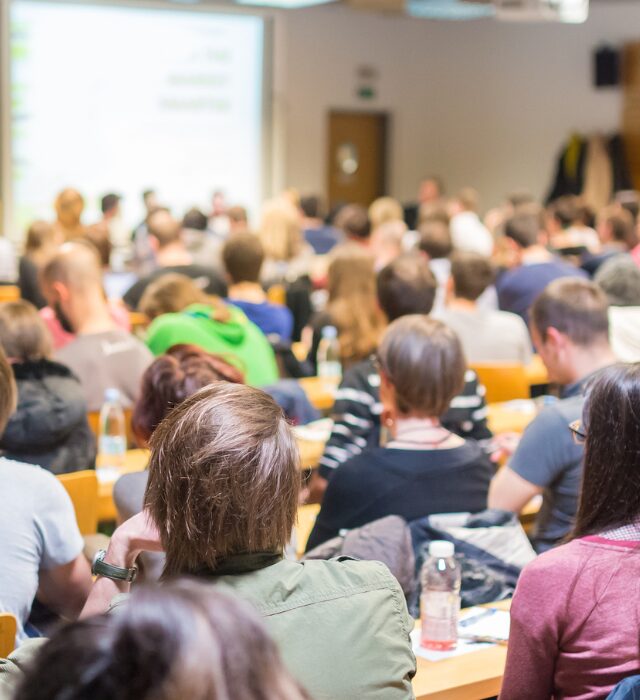
2. FLEXIBILITY IS NOW ESSENTIAL
One of the biggest design shifts in recent years is the need for flexible, multi-use spaces. Today’s classrooms aren’t just rows of desks, they’re now collaborative environments!
Modern classrooms may have movable partitions, integrated AV systems, and furniture adaptable to different group sizes and activities.
This has major implications for construction:
- Structural planning needs to accommodate changes in layout.
- Mechanical and electrical systems must be integrated with flexibility in mind.
- Floorplans and layouts are more dynamic, requiring greater coordination during design and build stages.
In both new builds and refurbishments, flexibility is no longer a luxury; it’s a requirement.
3. TECHNOLOGY IS EMBEDDED FROM DAY ONE
Education spaces are becoming more connected than ever. Technology is a core component of modern teaching and learning.
Universities in particular are moving toward smart campus models, where building systems (like lighting, HVAC, and security) are controlled and optimised through centralised platforms. In schools, there’s a growing emphasis on digital infrastructure. This is especially following the shift to blended learning during the COVID-19 pandemic.
For construction teams, this means:
- Coordinating early with ICT consultants and AV specialists.
- Designing with sufficient power, data, and ventilation allowances.
- Ensuring spatial coordination for wall mounts, conduits, and cable runs.
4. FASTER DELIVERY WITH MODULAR & OFFSITE METHODS
Time is a huge factor in education builds, with most work needing to fit into school holidays. Therefore, pressure to deliver quickly is high!
- Pre-fabricated classrooms.
- Volumetric pods.
- Hybrid builds combine traditional methods with off-site components.
These approaches can cut onsite build times by up to 50%, reduce disruption, and often lead to improved quality control. But success depends on precise early-stage planning and setting out. There’s very little margin for error once components arrive on-site.
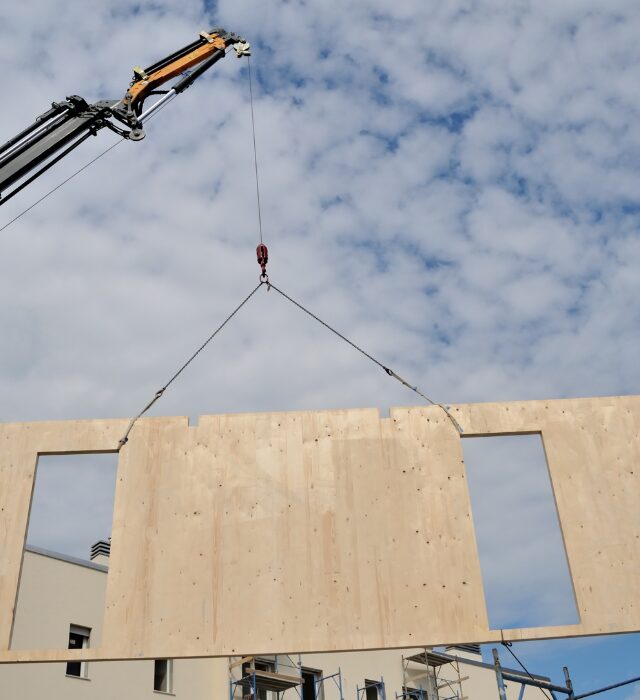
5. NET ZERO & SUSTAINABILITY TARGETS
Sustainability is no longer a box to tick. It’s a driver of how education buildings are being designed, constructed, and operated. Many institutions are committing to net-zero carbon goals, and local authorities are increasingly requiring BREEAM or equivalent certifications for new education buildings.
Some common features of sustainable school and university buildings include:
- High-efficiency insulation and windows.
- Renewable energy systems (solar PV, ground source heat pumps).
- Natural ventilation and daylight optimisation.
- Sustainable materials and low-carbon concrete alternatives.
The shift toward green building has implications across every trade, from M&E and fit-out to structural engineering. Coordination is key, especially when working on retrofits, where older buildings can present significant energy efficiency challenges.
6. GROWING EMPHASIS ON STUDENT SAFETY & WELLBEING
In both the design and construction of education spaces, safety is a growing concern—not just in terms of security systems, but also mental health, accessibility, and wellbeing.
This has led to design choices that support:
- Open sightlines and natural surveillance
- More inclusive environments for students with disabilities or special needs
- Biophilic design, with green spaces and outdoor learning areas
Construction teams must plan for safer worksites, especially when working on live campuses, where safeguarding is a major concern. Phasing, temporary works, and communication with the school or university are essential for avoiding disruption and maintaining safe environments for staff and students.
HOW ARE SURVEYS SUPPORTING THE EDUCATION SECTOR?
While surveying may not be the most visible part of education construction, it underpins just about everything listed above.
From the earliest planning stages, topographical and measured building surveys help architects and design teams make informed decisions. Setting out services ensure that modular components, drainage, and services land exactly where they should. And modern tools like 3D laser scanning and BIM-ready models help teams spot problems before they become costly rework on site.
As buildings become more complex, survey data becomes more important. It’s no longer just about marking boundaries. Surveys support digital collaboration, improve accuracy and manage long-term assets.
In short, surveying brings clarity and certainty to construction projects that are becoming more ambitious by the day. You can read how measured surveys are shaping the education sector here.
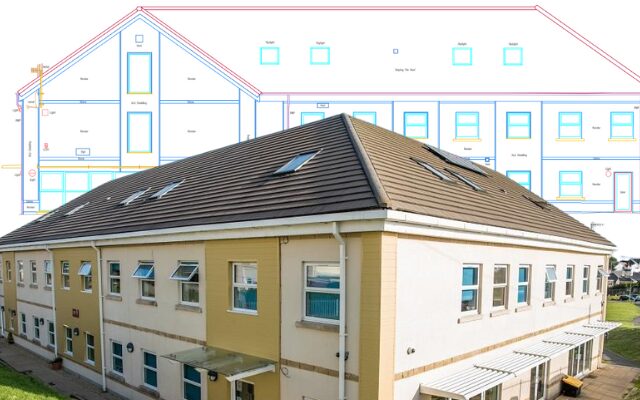
Education construction is changing, and fast. For construction professionals, understanding the trends shaping the sector is key to staying ahead. Whether it’s working more flexibly, delivering to tight deadlines, or helping clients meet sustainability targets, the ability to plan precisely and collaborate effectively is what makes a difference.
And surveying? It’s the quiet foundation that helps it all come together.
